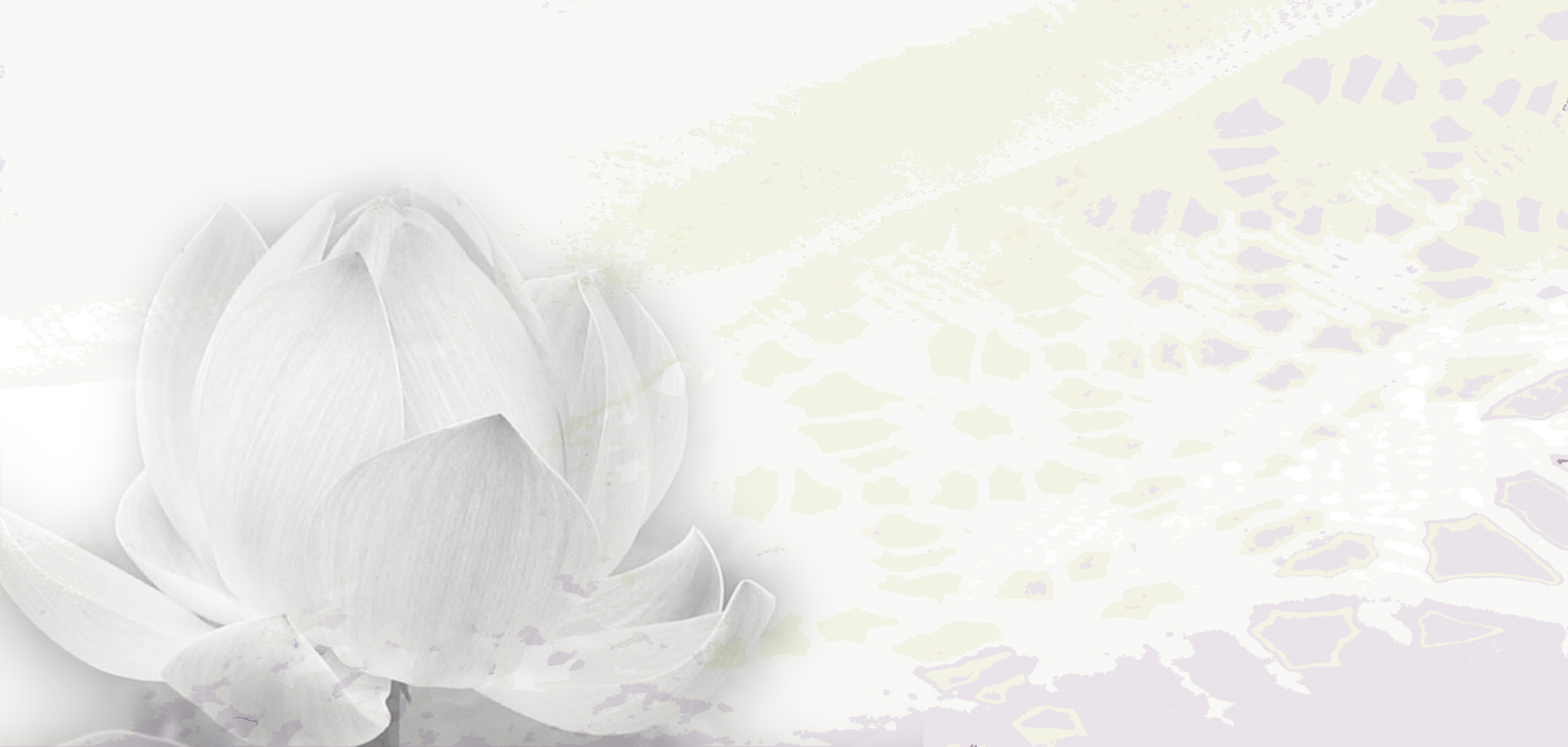Photo Credit: Aryil Bechtel
Acupuncture and Endometriosis
Acupuncture is effective in treating endometriosis and other menstrual disorders.
Acupuncture is based on a 3000 year old system of Chinese medicine whose practice continues in modern China and has spread to many parts of the world. An acupuncture treatment involves the insertion of very thin needles into key points on the body. These points lie on meridian pathways that direct the flow of energy or “qi.” Acupuncture has traditionally been used to address a wide variety of ailments, and Chinese medicine has placed particular emphasis on women’s health.
Call for an appointment:
Bethany Bechtel, AP, PhD 352-222-3816
It has been hypothesized that effectiveness of acupuncture on a broad range of conditions is due to needle-induced neurotransmitter release and the subsequent effect on physiological function. (Wu, Clin. Neurol. Neurosur. 1990, Vol 92, 13-25.) Further studes have suggested that acupuncture can affect the menstrual cycle through the release of neuropeptides such as Beta-endorphin (Petti, et. al., J. Trad. Chin. Med. 1998, Vol 18, pp. 55-63). Acupuncture has also been shown to reduce activity of the symapthetic nervous system thereby inducing a more relaxed physiological state that can alter the circulation of blood to the uterus (Chang, et al., Fertility and Sterility, 2002, Vol. 78, p. 1149).
Endometriosis
Endometriosis is a condition that develops when patches of endometrial tissue (uterine lining) grow outside the uterus. This displaced tissue, when stimulated by the hormones released with the menstrual cycle, can lead to dysmenorrhea (painful periods). Clinical studes have shown acupuncture to be effective for relieving the discomfort of endometriosis (Ginekol et al, Sofiia 1996, Vol. 35 (3), pp. 24-5). Some physicians are suggesting acupuncture as a treatment option for their patients with this condition (Am. Fam. Physician 2005, Vol. 71 (2), p. 292).
In most cases Chinese medicine views endometriosis as a stagnation of qi and blood, and acupuncture points are chosen to optimize an increase in blood circulation. Some women acheive relief with just a few acupuncture treatments. Others may not notice a decrease in menstrual discomfort until they have received regular treatment for several months. When appropriate, Chinese medicinal herbs may also be given as an adjunct to acupuncture therapy for this condition.



